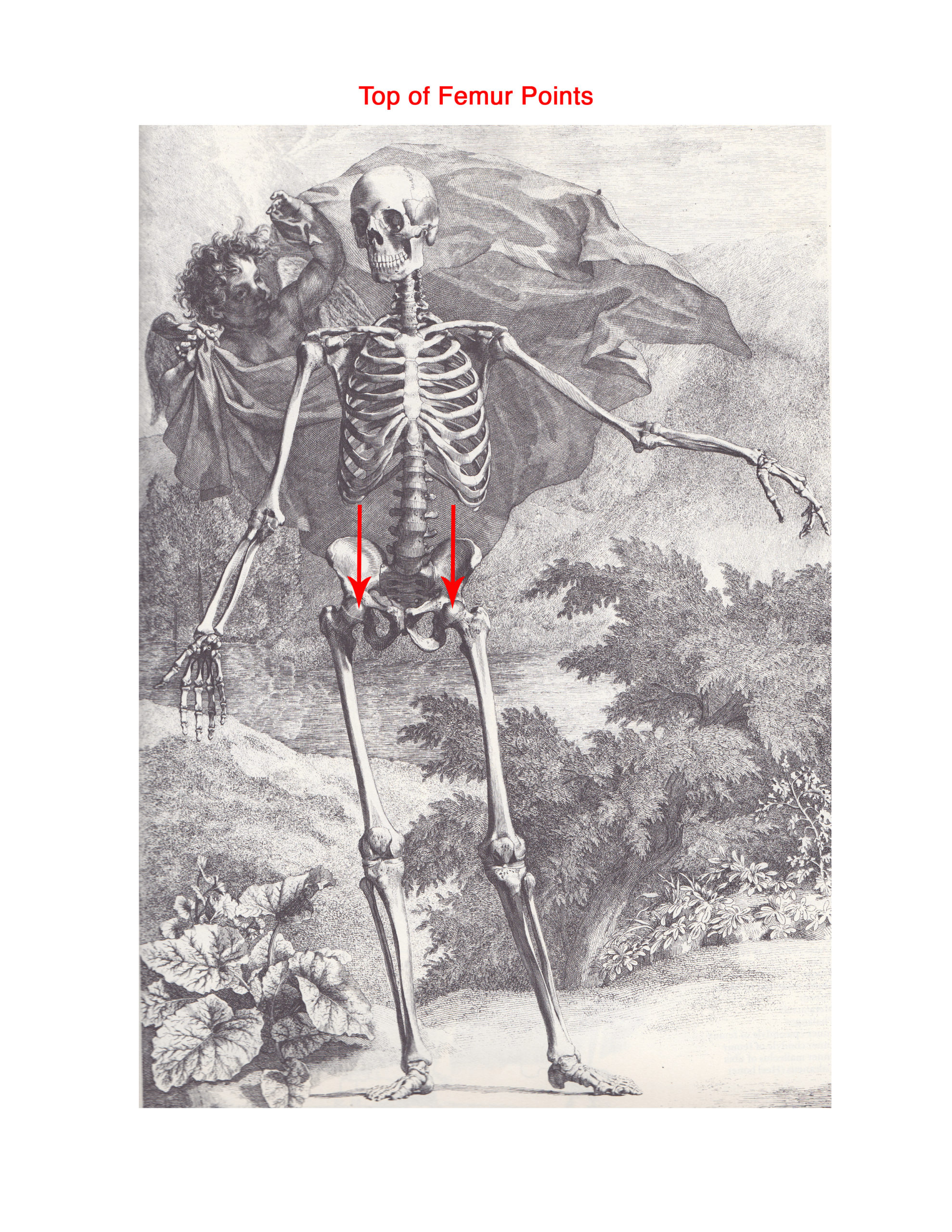
Have you ever felt overwhelmed by the amount of stuff you don’t know about your body? I hope you won’t let this stop you from the joy of learning. But when you are in distress, what you don’t know can seem daunting. Who can you trust?
The experts, like doctors, physical therapists, or bodyworkers who spend their whole lives learning about the body will always have more expertise than you do. But they often disagree with each other.
In some ways, these people (I’m one of them) do have more expertise, but in one significant way they don’t. You are the one who lives in your body and knows it best from the inside. That inside knowing is yours, and yours alone. That’s where you spend your time 24/7. When you work with me, I help you get located in yourself and start to use your own intelligence to sort out what will work for you and what won’t. It’s more about how to listen than who to listen to. I listen to everybody.
When I go to the doctor, my emotional experience around my own ignorance (yes, I have more to learn too) has ranged from frustration, to despair, to abject terror when my body is in a vulnerable state of discomfort, injury, or confusion. And I am an expert myself! Add to that the complexity of the pelvis, and the situation really gets out of hand. It’s like grand central station, all the forces coming and going from all directions. But there is one simple thing in that can prevent so much suffering.
Talking about what the body can do is an infinite conversation, whereas talking about what it shouldn’t do is much simpler. The Mobilignment approach is to start with a person’s inherent ability to perceive the difference between rigidity – holding parts of the body in a static relationship to each other – and mobility, or a fluid state that adapts itself to your physical needs at any given moment.
So when it comes to the human pelvis, my message is simple. Don’t hold it in place – in any way, shape, or form. Any attempt to place or hold your pelvis will cause all kinds of problems with your balance, posture, and movement. Balance it, yes – but don’t hold it in a static position. Once you are able to access this fluidity in stillness and in motion, you will know better how to make sense of any exercise or information that you need to learn. Fluidity and ease feels good and is self-reinforcing. We all want more of it.

Recently, it dawned on me like a ton of bricks: the sit bones (the part of the pelvis that is below the hip socket when standing, also called the ischial tuberosities) should not be held in place in relationship to the legs and feet. Ever. I knew that before, but I hadn’t really taken into account the weight and presence of this part of the pelvis below the hip joints.
There are so many muscles running from this part of your pelvis to the back and inside of your legs! If they are held rigid in any position at any time, your legs will not be able to articulate properly and your whole upper body will stiffen as well.
I know that seems simple – and I hope it is! Because I wasn’t conscious of how much I hold this part of my body, I think that I wasn’t actually using the musculature of my legs fully, causing some injury to muscle and nerve tissue. The details don’t matter – the difference between rigidity and mobility does, and we can all access that easily.
Experiment this way: place your fingertips in as relaxed a manner as you can on your sit bones. You have to get up under the butt muscle a little bit to feel the bone.
With your fingers lightly there, use your own touch to observe the motion of those bones under your hands as you walk – motion in process.
Now stop walking. When you stop walking, do those bones stop in a rigid position over your feet? If they do, chances are you have also stiffened elsewhere and held your breath. Is it possible to stand with your legs fully extended, upper femur points and sit bones free to move in relationship to each other?
That’s the simple message of Mobilignment™. One Mobilignment point can open up a kind of macro-fluidity. The top-of-the-femur point reflects back to you the wondrous ability of your body to move and balance in multi-dimensional reality. This ability depends, in part, on the availability of each joint within your bony structure for mobility and responsiveness.
Enjoy!

Yay, Clare. Very helpful and brilliant, as always.
Happy New Year.
love,
Apollinaire